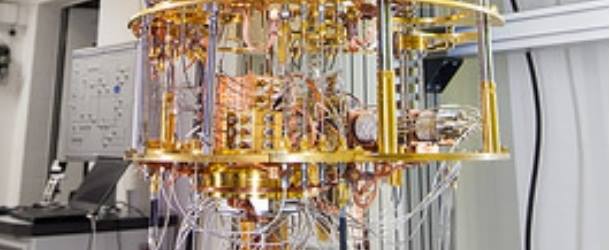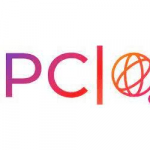Quantum computing without the hype

(O’ReillyRadar) Mike Loukides is Vice President of Content Strategy for O’Reilly Media, has written an essay that is down-to-earth tone, i.e., without the hype, for a general audience describing what quantum computers can do now. IQT-News summarizes and shares below.
What can quantum computers do now that’s interesting? First, they are excellent tools for simulating quantum behavior: the behavior of subatomic particles and atoms that make up everything from semiconductors to bridges to proteins. Most, if not all, modeling in these areas is based on numerical methods–and modern digital computers are great at that. But it’s time to think again about non-numerical methods: can a quantum computer simulate directly what happens when two atoms interact? Can it figure out what kind of molecules will be formed, and what their shapes will be? This is the next step forward in quantum computing, and while it’s still research, It’s a significant way forward. We live in a quantum world. We can’t observe quantum behavior directly, but it’s what makes your laptop work and your bridges stay up. If we can model that behavior directly with quantum computers, rather than through numeric analysis, we’ll make a huge step forward towards finding new kinds of materials, new treatments for disease, and more. In a way, it’s like the difference between analog and digital computers. Any engineer knows that digital computers spend a lot of time finding approximate numeric solutions to complicated differential equations. But until digital computers got sufficiently large and fast, the behavior of those systems could be modeled directly on analog computers. Perhaps the earliest known examples of analog computers are Stonehenge and the Antikythera mechanism, both of which were used to predict astronomical positions. Thousands of years before digital computers existed, these analog computers modeled the behavior of the cosmos, solving equations that their makers couldn’t have understood–and that we now solve numerically on digital computers.
Recently, researchers have developed a standardized control plane that should be able to work with all kinds of quantum devices. The design of the control plane, including software, is all open source. This should greatly decrease the cost of experimentation, allowing researchers to focus on the quantum devices themselves, instead of designing the circuitry needed to manage the qubits. It’s not unlike the dashboard of a car: relatively early in automotive history, we developed a fairly standard set of tools for displaying data and controlling the machinery. If we hadn’t, the development of automobiles would have been set back by decades: every automaker would need to design its own controls, and you’d need fairly extensive training on your specific car before you could drive it. Programming languages for quantum devices also need to standardize; fortunately, there has already been a lot of work in that direction. Open source development kits that provide libraries that can be called from Python to perform quantum operations (Qiskit, Braket, and Cirq are some examples), and OpenQASM is an open source “quantum assembly language” that lets programmers write (virtual) machine-level code that can be mapped to instructions on a physical machine.
Another approach to simulating quantum behavior won’t help probe quantum behavior, but might help researchers to develop algorithms for numerical computing. P-bits, or probabilistic bits, behave probabilistically but don’t depend on quantum physics: they’re traditional electronics that work at room temperature. P-bits have some of the behavior of qubits, but they’re much easier to build; the developers call them “poor man’s qubits.” Will p-bits make it easier to develop a quantum future? Possibly.
It’s important not to get over-excited about quantum computing. The best way to avoid a “trough of disillusionment” is to be realistic about your expectations in the first place. Most of what computers currently do will remain unchanged. There will be some breakthroughs in areas like cryptography, search, and a few other areas where we’ve developed algorithms. Right now, “preparing for quantum computing” means evaluating your cryptographic infrastructure. Given that infrastructure changes are difficult, expensive, and slow, it makes sense to prepare for quantum-safe cryptography now. (Quantum-safe cryptography is cryptography that can’t be broken by quantum computers–it does not require quantum computers.) Quantum computers may still be 20 years in the future, but infrastructure upgrades could easily take that long.
Practical (numeric) quantum computing at significant scale could be 10 to 20 years away, but a few breakthroughs could shorten that time drastically. In the meantime, a lot of work still needs to be done on discovering quantum algorithms. It is an exciting time; it’s just important to be excited by the right things, and not misled by the hype.
Sandra K. Helsel, Ph.D. has been researching and reporting on frontier technologies since 1990. She has her Ph.D. from the University of Arizona.



















